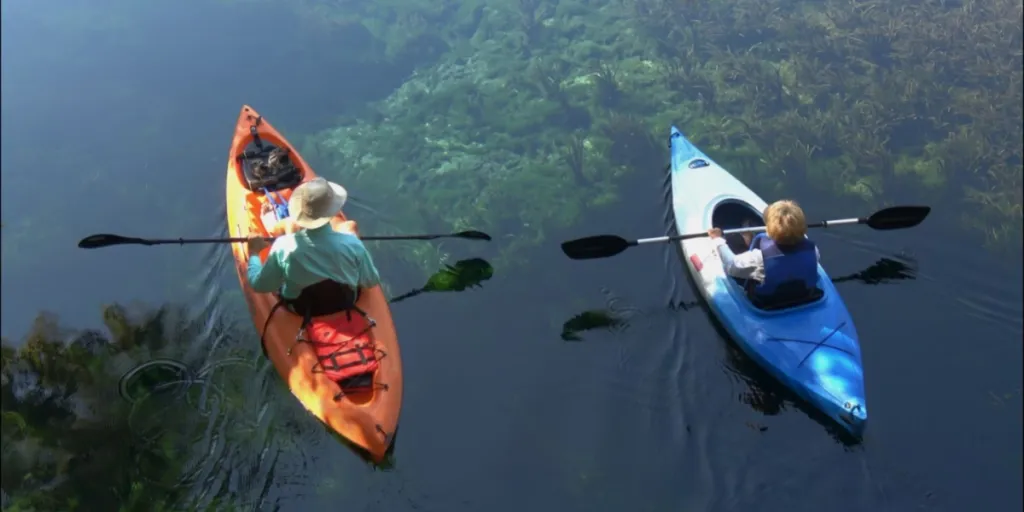When it comes to adventures on the water, having the right gear is important. For consumers who spend a lot of time in kayaks or on paddle boards, reliable kayaking dry bags are essential for keeping belongings safe and dry. These dry bags are available in a wide range of sizes and designs, but not all of the styles are suitable for specific kayaking adventures. Keep reading to learn about which kayaking dry bags are the best options for summer adventures.
Table of Contents
Global market value of kayaking equipment
Best types of kayaking dry bags
Conclusion
Global market value of kayaking equipment
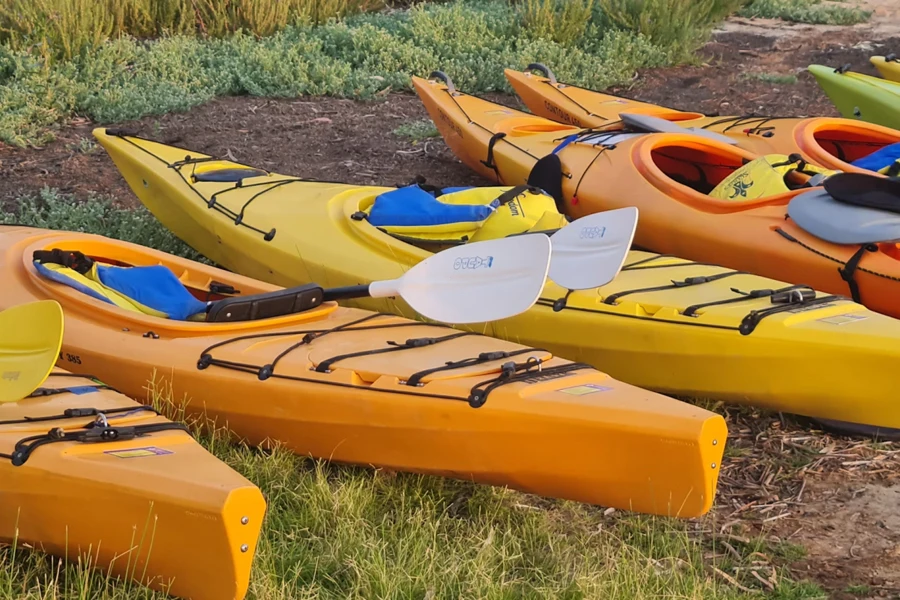
Kayaking and canoeing are two of the most popular leisure water sports today. It should come as no surprise that the market is expecting tremendous growth over the next several years. This is down to factors such as an upward trend in recreational kayaking, a rise in the number of paddle sports contests around the globe, and a growing interest in soft adventure sport activities.
The global market value of canoe and kayak equipment is set to grow at a compound annual growth rate (CAGR) of at least 2.15% between 2023 and 2028. That’s an increase of USD 150.6 million in just a few years. The market is seeing a steady increase in the amount of sales coming from online channels, but retailers are also witnessing a growing demand for water sports equipment.
Best types of kayaking dry bags
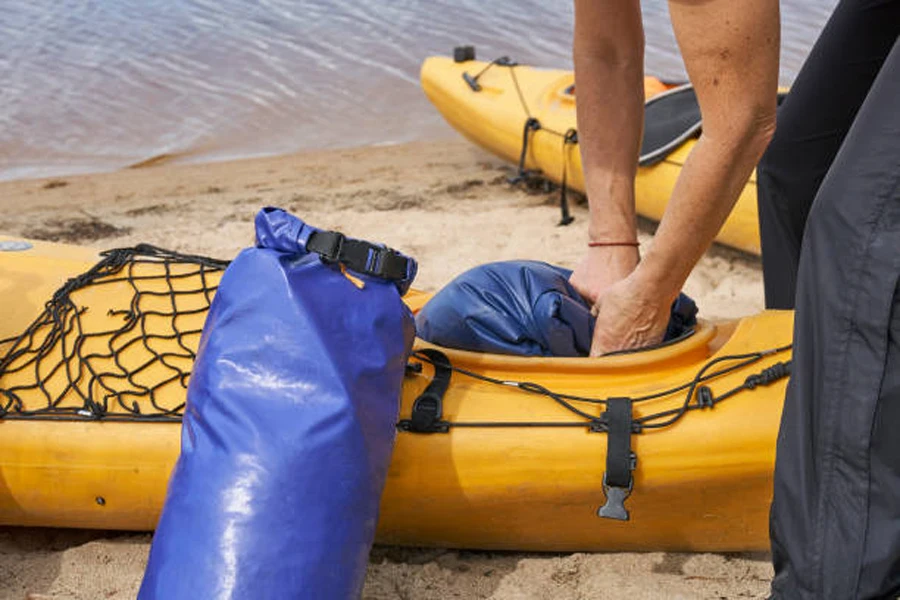
Kayaking is a popular summertime activity, and having the right equipment is essential for all levels of kayakers. There are a lot of options for consumers who are looking for kayaking dry bags, but not all of them share the same features. Some consumers may be looking for dry bags that offer ease of portability, whereas others need heavy-duty dry bags that will survive intense water rapids.
According to Google Ads, “kayaking dry bags” has an average monthly search volume of 3,600. More than 30% of these searches occur in July and August, and 20% come from searches in June and September. This shows that the higher demand for kayaking dry bags comes in the summer months, when people are more likely to be taking part in outdoor activities.
Google Ads also reveals that the most popular types of kayaking dry bags are “waterproof duffel bags” and “dry bag backpacks” at 12,100 searches per month each. These are followed by “roll-top dry bags,” with 720 monthly searches. Keep reading to learn more about the important features of each of these kayaking dry bags.
Waterproof duffel bags
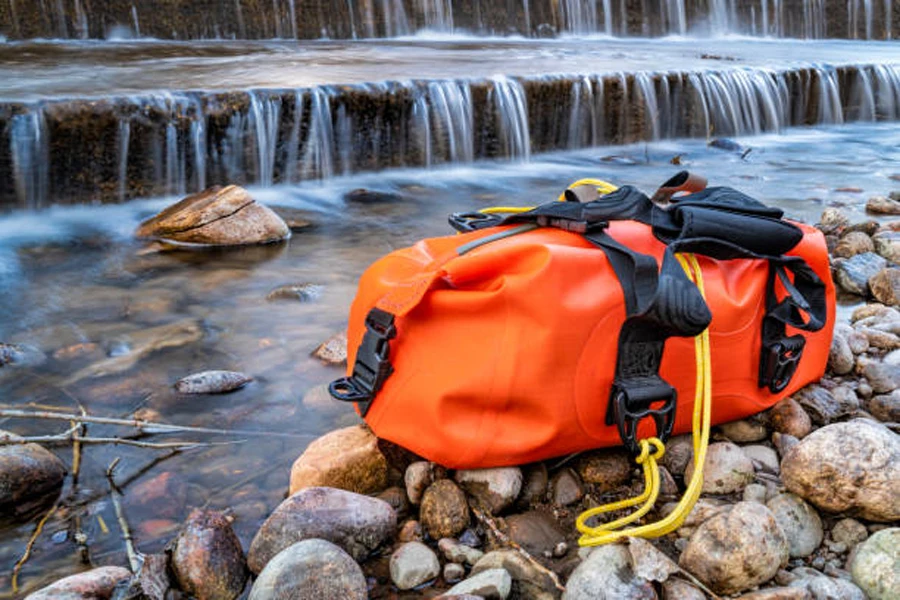
Kayakers who are off on multi-day expeditions, who take to the open waters, or who enjoy crashing through rapids rely heavily on waterproof duffel bags. These kayaking dry bags are made from durable waterproof materials such as PVC, TPU-coated nylon, or vinyl. All of these materials help to protect belongings from water damage, and they’re also resistant to abrasions and punctures, which is a bonus.
Waterproof duffel bags will either have a roll-top closure or a high-quality sealed zipper that seals out moisture. Sealed zippers are preferred, though, since they provide quicker access to gear. The bags come with padded handles and removable straps, which makes them easy to transport, even with heavy loads. The exterior of the bags is also designed with attachment points such as webbing straps, daisy chains, or D-rings to allow for secure fastening to the kayak or for carrying additional items on the outside, such as paddles.
To help stabilize the loads, some waterproof duffel bags will have compression straps incorporated into the design. And to minimize the risk of leakage, these kayaking dry bags should also have reinforced seams. Consumers will be looking for duffel bags that have a few internal organization options as well as a vibrant color to enhance visibility.
Waterproof duffel bags are available in different size options to appeal to consumers who are going on varying lengths of expeditions.
Dry bag backpacks
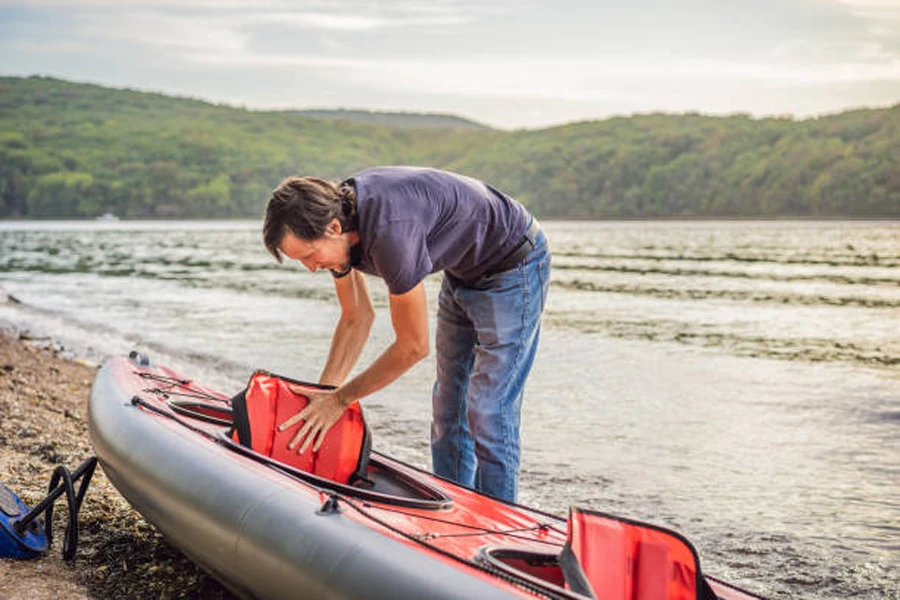
Dry bag backpacks are both comfortable and versatile, making them popular options for kayakers of all skill levels. They’re made from the same waterproof materials as waterproof duffel bags (PVC, for example), and they feature a roll-down closure system. This system creates a waterproof seal when it’s rolled and buckled. Attachment points such as D-rings or daisy chains are also key features of these kayaking dry bags.
The ergonomic design of dry bag backpacks is what sets them apart from other types of kayaking dry bags. The padded shoulder straps, waist belts for added support, and adjustable sternum straps work together to enhance comfort and distribute weight evenly. Some models will also have ventilated back panels to increase airflow as well as compartments on the inside for storage purposes.
When using kayaking dry bags, it’s important to keep the load stable, which is why compression straps are important as well. The straps can help to prevent contents from shifting during transit and reduce the overall volume of the bags. Another key feature of dry bag backpacks to consider are drainage holes at the bottom. These allow water to escape if the bag gets wet.
Roll-top dry bags
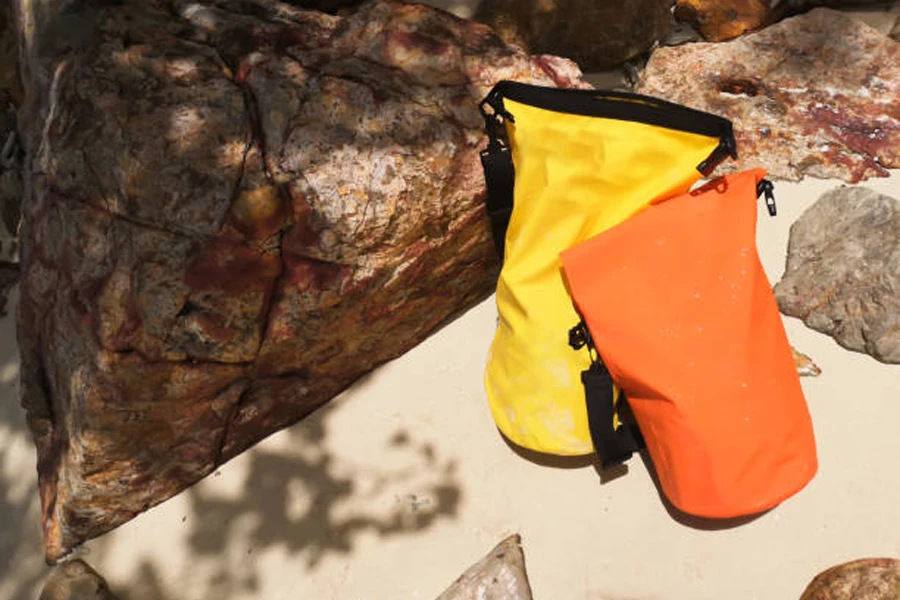
The most budget-friendly option for kayaking dry bags are roll-top dry bags. They’re heavily used by recreational kayakers or people going on day trip excursions. To ensure the contents inside the dry bags remain water-free, the bags are made from materials such as PVC or vinyl. They’re available in a mixture of sizes that range from pouches to larger bags that can fit a lot of equipment.
These kayaking dry bags are designed with a roll-top closure system. The top of the bag is rolled down until it compresses the items inside, and it’s then secured with a buckle. This helps to create a watertight seal that keeps water out even if the bag is submerged. When the bags are properly sealed, they’ll be able to float, which adds an extra safety measure to the design.
Some roll-top dry bags will also have see-through panels so users can quickly see the contents inside without having to open the bag. The bags are lightweight compared to other types of kayaking dry bags, so they’re easy to carry. The downside is they don’t have a lot of additional features, such as compartments. They do, however, feature side handles and removable shoulder straps.
Conclusion
When consumers are choosing between kayaking dry bags for their next adventure, they’ll be looking at features such as storage compartments, capacity, color, and portability. Kayakers going on multi-day excursions or crashing through rapids need different dry bags than recreational kayakers.
What all dry bags have in common, though, is their ability to keep belongings dry even in the toughest of conditions. As watersports continue to grow in popularity at the recreational level, the market is expecting an even greater demand for kayaking dry bags, both from individuals and from outdoor sports companies that plan excursions.
For more tips on trending products in the market, don’t forget to subscribe to the Alibaba.com Reads.
